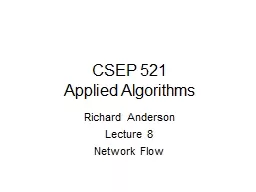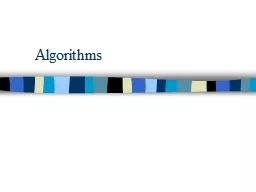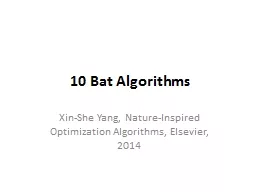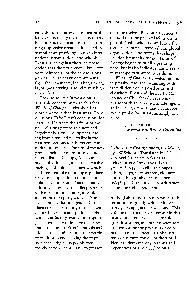PPT-CSEP 521 Applied Algorithms
Author : lindy-dunigan | Published Date : 2020-01-18
CSEP 521 Applied Algorithms Richard Anderson Lecture 8 Network Flow Announcements Reading for this week 68 71 72 7374 will not be covered Next week 75712 Final exam
Presentation Embed Code
Download Presentation
Download Presentation The PPT/PDF document "CSEP 521 Applied Algorithms" is the property of its rightful owner. Permission is granted to download and print the materials on this website for personal, non-commercial use only, and to display it on your personal computer provided you do not modify the materials and that you retain all copyright notices contained in the materials. By downloading content from our website, you accept the terms of this agreement.
CSEP 521 Applied Algorithms: Transcript
Download Rules Of Document
"CSEP 521 Applied Algorithms"The content belongs to its owner. You may download and print it for personal use, without modification, and keep all copyright notices. By downloading, you agree to these terms.
Related Documents












![Oracle 1Z0-521 Certification Exam Questions and Answers PDF {UPDATED]](https://thumbs.docslides.com/970763/oracle-1z0-521-certification-exam-questions-and-answers-pdf-updated.jpg)

